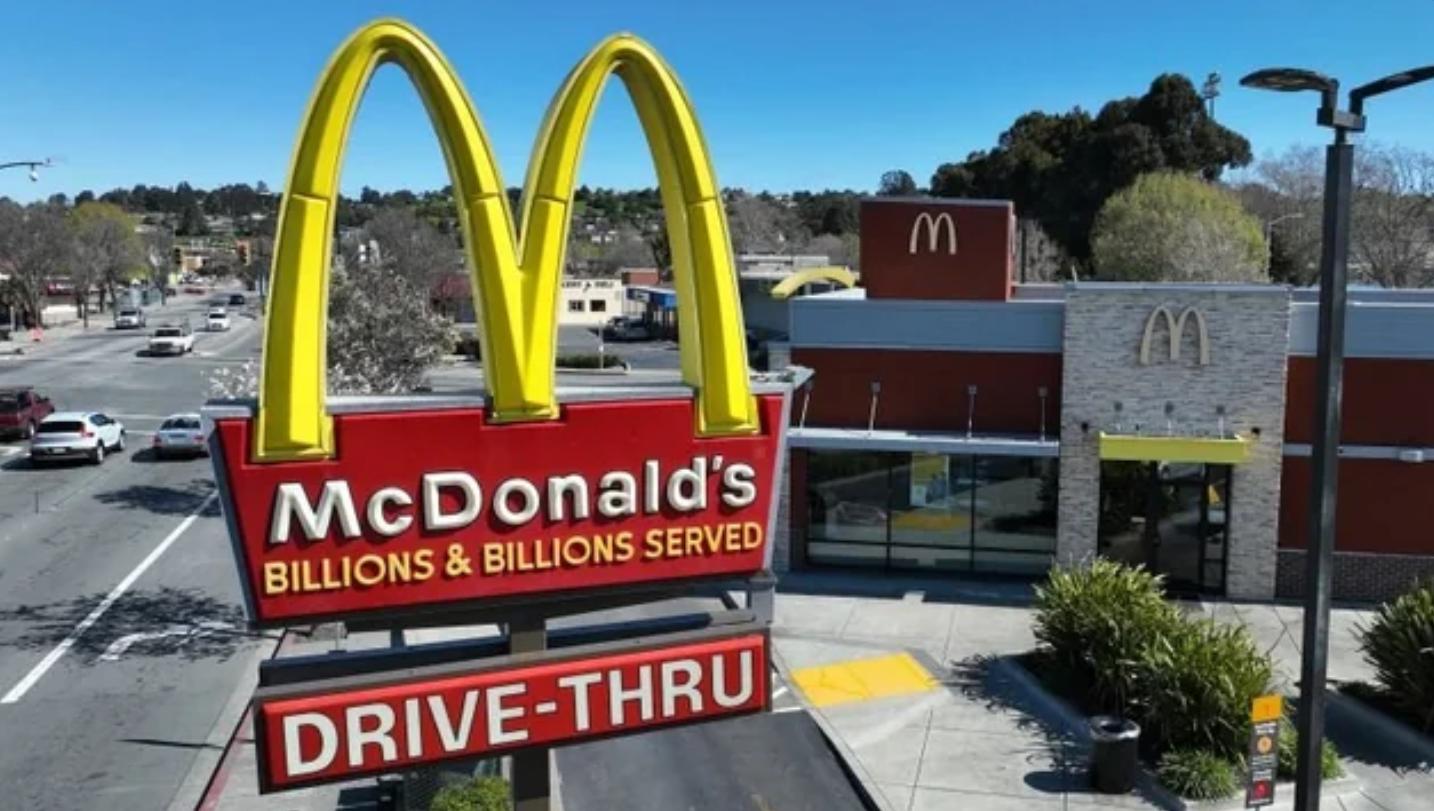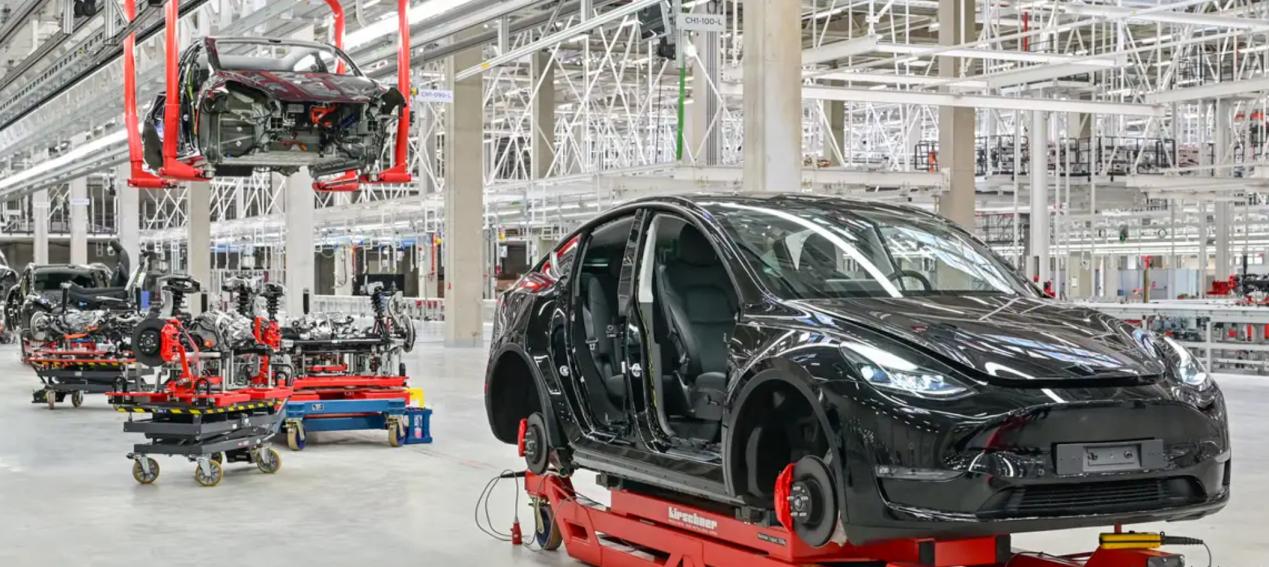
Fast food sales, especially the performance of drive-thru business, have long been regarded as a barometer for observing the operation of the US economy. This indicator is particularly intuitive in assessing the consumption behavior of middle- and low-income groups because it can immediately reflect the actual spending of people. Compared with government data or consumer confidence surveys, fast food sales are closer to reality because they are based on people's daily consumption choices rather than questionnaire answers affected by subjective mood swings.
First, when the economy is tight, consumers tend to start saving on small expenses in life, such as no longer going out for burgers or coffee, but choosing to eat at home to save money. In the first quarter of 2025, several major fast food chains in the United States, including McDonald's, Starbucks and Domino's, successively released financial reports, reflecting a signal that cannot be ignored: American consumers are spending less.
It is worth mentioning that this kind of consumption shift is particularly critical for chain restaurant brands with affordable prices and a broad customer base, such as McDonald's. A decrease in customer traffic or a reduction in menu prices often means broader economic difficulties, such as reduced income, unstable employment or rising inflation; while sales growth, especially the hot sales of high-priced products, usually symbolizes rising consumer confidence. Fast food products are particularly sensitive to subtle economic fluctuations because of their low prices and frequent consumption. Therefore, it has become an early indicator that investors pay close attention to. However, in early 2025, the US fast food industry sent a series of worrying signals, and even the industry giants were not immune.
At the same time, McDonald's, the global catering leader, disclosed that its same-store sales in the US market fell by 3.6% in the first quarter of 2025, the lowest level since the epidemic lockdown. The main reason is that the consumption frequency of middle- and low-income people has decreased, and social media is full of complaints about price increases. Some customers pointed out that a hamburger costs up to $12 and a drink costs $5, which has become a luxury consumption for fast food, which is supposed to be an "affordable choice". McDonald's performance is often regarded as a "thermometer" to judge disposable consumption power. When even the demand for affordable fast food is declining, it is clear that economic pressure has begun to have a substantial impact on consumers. The question now is whether this consumption contraction is just a temporary phenomenon or a prelude to a larger scale of spending cuts?
In addition, Starbucks, which has always positioned itself at the high end, was not spared, with its US transaction volume falling 4% in the first quarter of 2025. Although the price increase of grocery food was only 1.1%, the increase in the catering industry reached 4.1%, which prompted more people to turn to making coffee at home, which was a blow to Starbucks. Faced with the dual pressures of weak performance and a 14% decline in market sales, aggressive investors have begun to question Starbucks' business strategy. Not only the middle and low-income groups are affected, but the changes in Starbucks' customer flow also show a decline in the willingness of the middle class to consume. Even Domino's Pizza, which is known for its cost-effectiveness, has not escaped the impact. Although its revenue is lower than expected, it reveals another phenomenon that delivery orders are shifting to dine-in, and consumers are more concerned about the additional costs incurred by delivery.
Finally, the fundamental reason behind this round of changes is that restaurant prices are rising much faster than grocery prices. Over the past year, the cost of eating out has increased by 4.1%, while food at home has increased by only 1.1%. Since 2020, restaurants have increased by 24% overall, while groceries have increased by 19%. This has directly weakened people's purchasing power, especially for households with limited incomes. Although high-income consumers still have the spending power, they are also beginning to show a more cautious attitude towards consumption. In contrast, middle- and low-income groups are squeezing their budgets in all aspects, which indicates that the retail and service industries facing the masses may face further downturns.
In summary, the message conveyed by the fast food industry is quite clear: Americans are tightening their wallets. Even giants like McDonald's and Starbucks are beginning to feel the pressure, indicating that the impact of the economy has penetrated into daily life. If even fast food has become a "luxury", then this economic storm may have just begun.

The global electric vehicle market in 2025 is experiencing intense turbulence. Tesla, once a disruptor that reshaped the industry landscape, is now mired in an unprecedented sales crisis.
The global electric vehicle market in 2025 is experiencing …
Recently, Chinese telecom companies Huawei and ZTE signed a…
Recently, according to Xinhua News Agency, Israel's air str…
A strongly worded report from the Equality Trust argues tha…
On November 27, 2025, Alibaba officially entered the global…
The focus of the global financial market in 2025 has always…